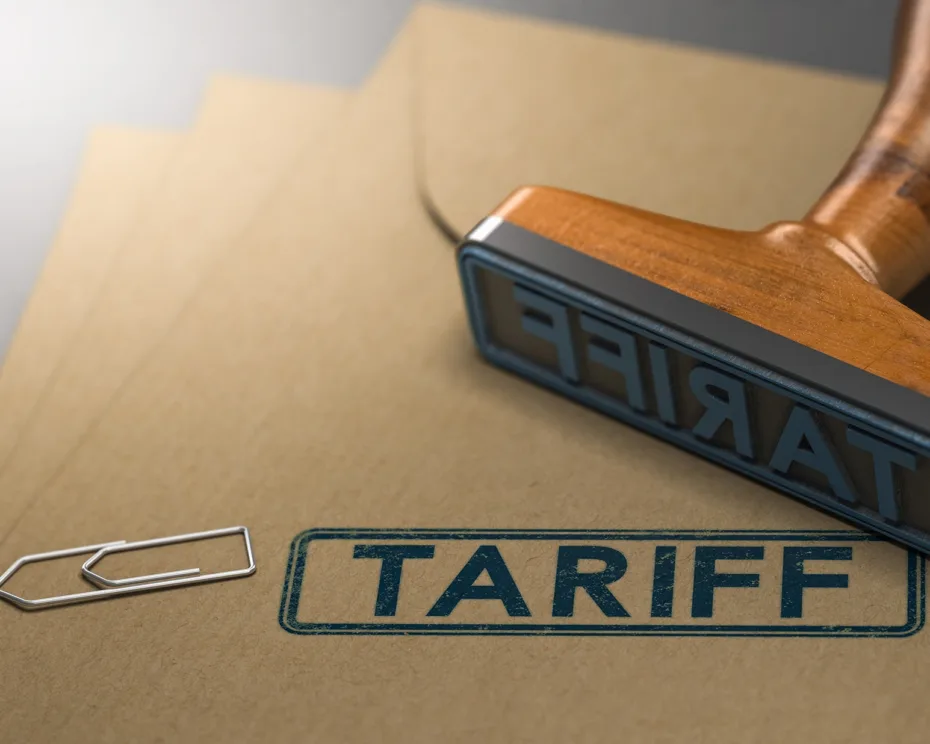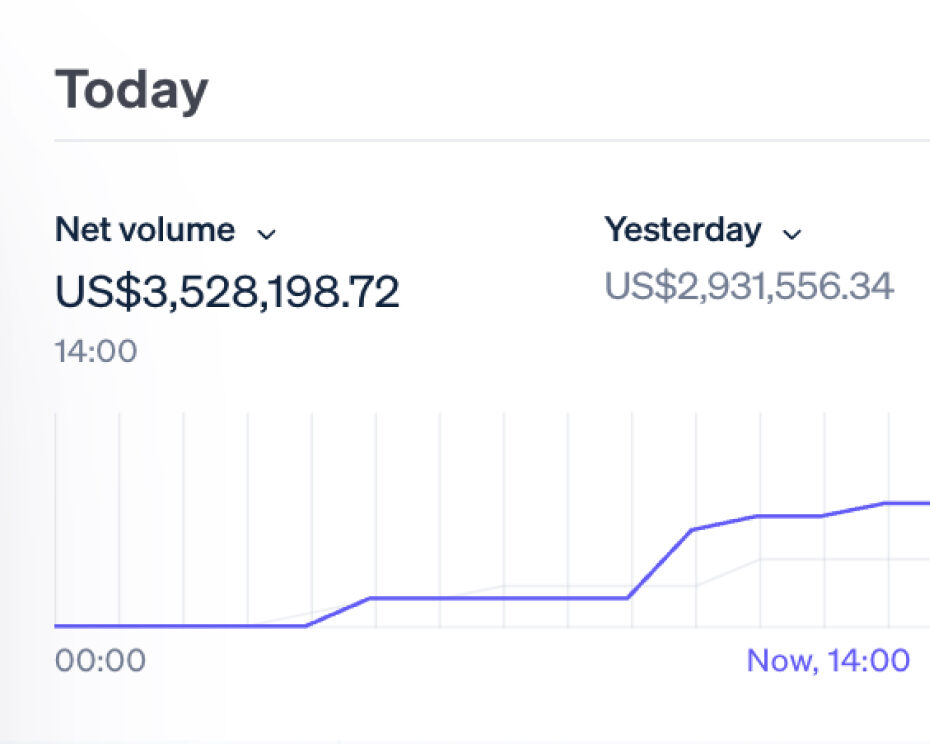Real-Time Pricing Strategies for Tariff Changes and Trade Disruptions
Staying Profitable When Trade Gets Turbulent
Tariffs, trade wars, and geopolitical shifts aren’t just headlines, but hitting balance sheets. The U.S. has introduced a new wave of tariffs targeting critical imports like semiconductors, electric vehicles, and green tech. Meanwhile, retaliatory moves from other nations and ongoing supply chain recalibrations have only intensified market volatility.
For global businesses, the question isn’t if your supply chain or cost base will be affected, it’s when. And when it happens, how quickly can you react with accurate, profitable pricing?
This is where real-time pricing becomes a game-changer. In this article, we’ll explore how businesses can protect margins, adapt pricing instantly, and stay competitive.
The Global Trade Landscape Is More Volatile Than Ever
The pace and complexity of global trade disruptions have reached new levels. In just the first quarter of 2025:
- The U.S. Department of Commerce raised tariffs on $18 billion worth of Chinese imports, including electric vehicles, solar panels, and advanced battery components, among other goods.
- The European Union expanded carbon border adjustment mechanisms, increasing costs for manufacturers importing steel and cement.
- Southeast Asia saw localized port closures due to extreme weather, delaying critical shipments for apparel and electronics retailers.
When tariffs rise in one country, supply chains shift, often triggering downstream effects across multiple regions. Manufacturers are sourcing new materials from unfamiliar vendors. Retailers are scrambling to recalculate landed costs. Wholesalers are negotiating pricing adjustments in real time.
Even more challenging is the uncertainty surrounding these decisions. Policies are often announced with little lead time, and reversals or retaliatory tariffs can follow within days. This level of unpredictability makes it virtually impossible for businesses to rely on quarterly pricing reviews or annual contracts alone.
According to the WTO’s latest Global Trade Outlook, trade volumes are expected to grow more slowly over the next five years due to fragmentation and “friend-shoring.” That means longer lead times, higher costs, and more frequent pricing recalibrations. Businesses need to build resilience into their pricing strategies.
Friendshoring Is Redefining Global Supply Chains
In a world where trade is a political lever, many global businesses are turning to friendshoring, which is the practice of moving manufacturing and sourcing to countries with shared values, stable diplomatic ties and favorable trade agreements. The goal is to reduce reliance on politically volatile regions and shield operations from sudden tariffs or export restrictions. For example, US companies are moving production from China to countries like Mexico, Vietnam and India, while EU based companies are favoring Eastern European partners over riskier supply routes.
While this approach may offer stability, it introduces new pricing challenges:
- Higher unit costs in “friendlier” markets where labor and raw materials may be more expensive.
- Smaller supplier bases meaning less negotiating power or fewer bulk discounts.
- New trade regulations, duties or compliance fees specific to those alternative markets.
- Complex lead time and logistics recalculations which can impact delivery SLAs and cost to serve.
To navigate this change effectively, businesses need to proactively rethink how pricing supports sourcing strategy.
Practical Tips for Managing Pricing in a Friendshoring Strategy:
- Map Tariff Exposure by Country and Category
Identify which SKUs are most exposed to future tariffs or trade disruptions and prioritize friendshoring for those categories first. - Model Total Landed Cost Before You Move
Use Flintfox’s simulation engine feature to calculate how freight, duties and handling fees will impact margin in a new sourcing location before you move. - Set Region Specific Pricing Logic
With Flintfox, configure rules that apply different markups, cost allocations or discounts based on where goods are sourced and sold, so you maintain margin across your footprint. - Monitor Trade Agreements and Local Incentives
Many “friendly” countries offer tax breaks or manufacturing incentives for foreign investors. Feed these into your pricing strategy to stay competitive. - Build Flexibility Into Contracts and Catalogues
Ensure your customer facing price lists or B2B agreements can accommodate cost based adjustments. Real-time pricing tools allow you to reflect updated sourcing costs without manual intervention or renegotiation. Friendshoring may be long term risk reduction but without smart pricing it’s a margin killer.
Questions to Ask Your Team Today
If you’re unsure about your ability to respond to the next trade shock, start by asking:
- Do we have visibility of true landed costs in real time?
- How fast can we adjust pricing when tariffs change?
- Are we protecting margins on high-impact SKUs?
- Is our current pricing logic flexible—or locked into rigid ERP rules?
- Can we simulate and plan for “what-if” scenarios?
If the answer to any of these is no, you may already be falling behind.
Why Static Pricing Doesn’t Cut It Anymore
Static or scheduled pricing methods were built for a world where change happened slowly. Businesses set prices based on historical averages, standard markups, and fixed assumptions about supply chain costs. But in 2025, that model simply can’t hold.
Here’s what’s broken with static pricing today:
1. Lag Time Creates Margin Erosion
By the time a cost change is reflected in your ERP or price books, you’ve likely already sold hundreds or thousands of units at outdated margins. A 5–10% increase in landed costs, driven by a new duty or freight hike can eat away at profitability instantly.
2. Manual Updates = Operational Bottlenecks
Many pricing teams are still reliant on spreadsheet-based approvals, siloed ERP systems, and time-consuming coordination with finance or sales. This process can take days or weeks.
3. Inconsistent Customer Experiences
Price mismatches across ecommerce, point-of-sale, and B2B portals frustrate customers and damage trust. When pricing logic isn’t unified and automatically applied across all channels, inconsistencies and errors creep in—especially when regional tariffs apply.
4. Compliance Risks in Global Markets
Misapplied tariffs or duties don’t just affect margins, but they can result in non-compliance, fines, or customs delays. If your pricing doesn’t reflect real-time tax calculations or duty structures, you may be overcharging or under-collecting.
These aren’t theoretical risks; they’re the reality for manufacturers, retailers, and distributors navigating today’s trade environment.
What Real-Time Pricing Actually Means in 2025
“Real-time pricing” gets thrown around a lot, but what does it really mean in a modern pricing environment?
It goes beyond updating prices quickly. It’s about integrating live data, automating logic, and ensuring your pricing always reflects the true cost and value of your products, in every market and moment.
Here’s how real-time pricing works when powered by the right technology:
1. Live Cost Inputs Feed Your Price Engine
Real-time pricing connects directly to sources like landed cost feeds, duty calculators, freight rates, or commodity price indices. The moment a change occurs, your pricing engine is informed.
2. Predefined Business Rules Kick In Automatically
You set the pricing guardrails: margin floors, price caps, markup percentages, competitive benchmarks. Flintfox enables you to configure these rules at scale—by product category, geography, channel, or even customer segment.
Once new cost inputs arrive, Flintfox applies your rules instantly, generating new sell prices that meet your profitability and market criteria.
3. System-Wide Synchronization
Updated prices don’t sit in a queue—they’re immediately pushed to all customer-facing systems. That includes your ecommerce platform, ERP, CRM, and any channel-specific APIs or price books.
No delays. No misalignment. Just accurate pricing, everywhere your customer sees it.
4. Scenario Testing and Forecasting
Another crucial part of real-time pricing in 2025 is the ability to simulate and plan. Flintfox allows you to model potential outcomes before a change hits. For example:
- What happens to margins if the U.S. adds a 10% tariff on Vietnamese textiles?
- How would your pricing need to shift if shipping costs from India double next quarter?
Simulation means you’re not just reacting—you’re anticipating.
Tariffied? Don't be.
Global trade volatility is squeezing margins – and outdated pricing tools are too slow to help. Flintfox + Enable give you the speed, control, and visibility to respond in real-time and protect profits.

Smart Pricing Strategies to Navigate Tariffs and Trade Shocks
Let’s break down how forward-thinking businesses are using real-time pricing to stay ahead:
1. Geo-Specific Dynamic Pricing
Tariffs don’t apply evenly across countries or regions. Flintfox allows you to set rules by geography, so the moment a new duty kicks in, your pricing adjusts only where necessary.
2. Cost-Based Pricing Rules
With tariff changes impacting the landed cost of goods, Flintfox lets you auto-calculate updated prices based on new cost inputs, ensuring margin protection without manual recalculations.
3. Fallback Margin Thresholds
Set minimum acceptable margins across product categories. If new costs threaten those thresholds, Flintfox automatically triggers a price update or alerts your team.
4. Simulation and Scenario Planning
Flintfox enables predictive pricing simulations. Want to model what a 10% import duty from China would do to your pricing and margins? You can, before it happens.
5. Real-Time Vendor and Customer Transparency
Keep everyone aligned. With Flintfox, pricing accuracy extends across your supplier and customer contracts, avoiding disputes or delays when market changes hit.
Agility Is the New Competitive Advantage
Tariff changes and trade disruptions are now a permanent fixture of global business. The companies that win will be those that can adapt in real time—not just with supply chains, but with pricing.
With Flintfox’s intelligent pricing platform, you get more than automation—you gain visibility, control, and confidence. Whether it’s a sudden cost spike, a regional tax change, or a shifting duty structure, Flintfox ensures your pricing responds instantly, profitably, and consistently.
Ready to Take the Guesswork Out of Pricing?
Discover how Flintfox’s real-time pricing engine can future-proof your margins in a volatile trade world. Book a Demo or get in touch with us today.
Powerful pricing software supported with deep experience
Flintfox gives you flexibility with your application, unprecedented speed and power from our pricing engine and support from our dedicated team.
